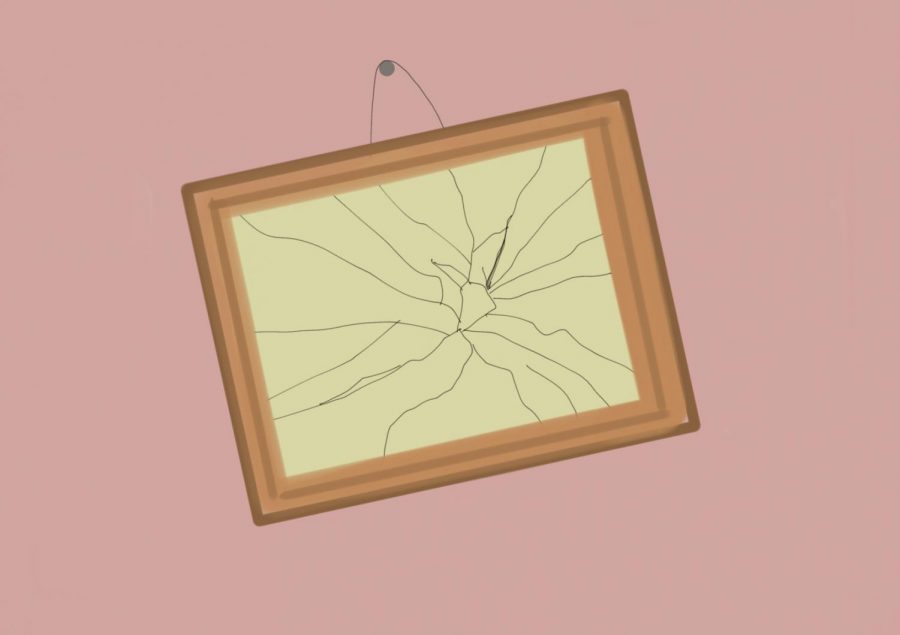More Than A Plot Point
The treatment of deceased female characters in fiction is indicative of our own inherent misogyny.
October 6, 2020
Picture this: you’re sitting in a packed movie theater, sad music wailing through the speakers, as the entire audience is completely captivated by the scene taking place on the big screen. As a single tear rolls down the main character’s eye onto a grainy, framed photo of his late mother, the audience struggles not to turn on their own waterworks. How touching… right?
The scene itself may have been highly emotional causing more than a few viewers to bawl. However, how many times have you seen some variation of this moment in fiction? I, personally, have watched this cliché play out more times than I can count, and it’s almost always been with a dead woman. While many writers and directors rely on the death of someone close to the main character–oftentimes a mother or partner–to create feelings of angst and a tragic backstory for the main character, the deceased person in question is often characterized solely by their death.
This issue most notably arises in popular family classics, and most often, with main characters’ mothers. Take Finding Nemo, for instance. We get to see Nemo’s mom at the beginning of the film, and we even see her protecting her eggs. But after she dies, she’s never given a personality. Although she’s mentioned in passing, we never get to learn about her characteristics, her life before laying eggs, or anything of the sort. Meanwhile, various Disney princess movies feature no mom or barely mention a mother at all (Aladdin, The Little Mermaid, etc). While there’s obviously no reason to stick to the nuclear family trope in fiction, it’s disheartening to see so many films disregard potential strong female characters in their storylines.
Many of these films don’t just dispose of female characters, but rather, reduce them to a plot point to spur on other characters’ development. Even shows that are widely acclaimed as “progressive” and self-aware, such as Avatar: The Last Airbender, fall victim to this banality. Two of the main characters’ dead mother is only briefly touched upon throughout the series, and while her death does inspire both of the characters to have courage and protect others, her life and personality aren’t recognized extensively outside of her death.
This isn’t to say that every film with a dead female character is inherently misogynistic. While J.K. Rowling and her most well-known franchise are arguably problematic in certain ways, her recognition of both of Harry Potter’s parents features a better way of handling dead family members than any of the aforementioned films. While the audience doesn’t know much about Harry’s birth parents in the first book/movie, we slowly begin to learn more about both of their personalities, childhoods, and pastimes as the series progresses.
Rather than reducing dead female characters to their deaths, their relationships with others, or not recognizing them at all, creators should be mindful of how they develop these fictional individuals. Female characters deserve more recognition than simply being featured in a grainy, framed photo; they should be treated as far more than just a plot point.


